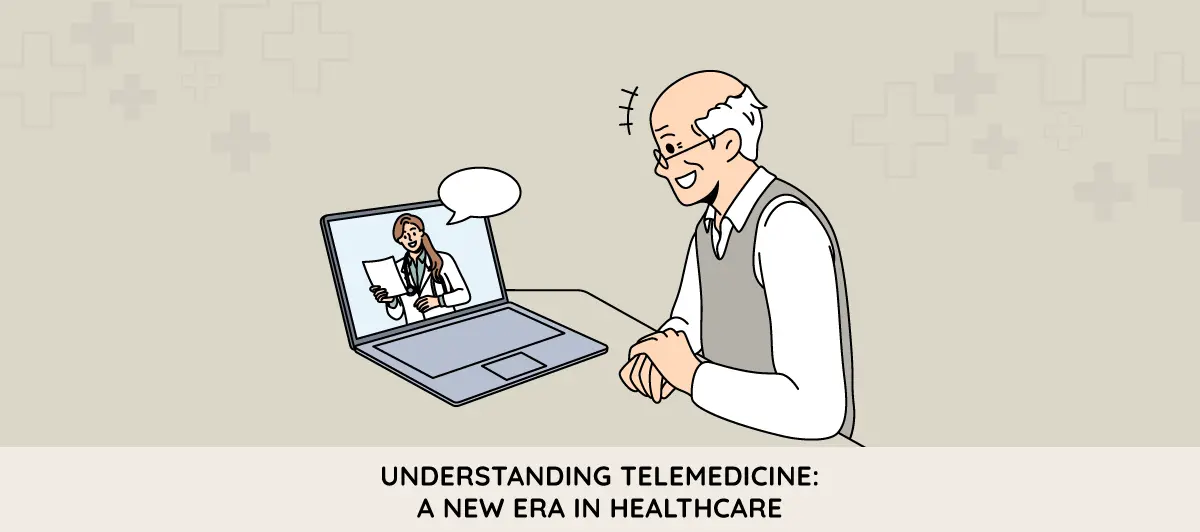Healthcare Evolution: What is Telemedicine in Healthcare?
Quick Summary: Healthcare telemedicine presents a paradigm shift because it uses technology in the delivery of physician services remotely and diffusion of medical education. It increases access, reduces physical distance, and enhances the relationship between the patient and health provider, thereby changing the healthcare landscape. Please read the complete blog to find what telemedicine in health care is all about.
Introduction
It is during the COVID-19 pandemic that dependency on digital tools for communication has been visibly growing in many domains and not just one. Virtual connection is more than a word; it is like an ‘essential’ component. Whether it is eLearning, eHealth, virtual offices, or online events, technology has driven accessibility, speed, and efficiency for everyone involved.
Therefore, technology became significant, especially in the healthcare industry. Better and more accessible as well as precise solutions emerged to help healthcare professionals, researchers, nurse practitioners, and doctors. It assists in studying, treating patients, diagnosing, and accessing better resources and services.
It guarantees the right to quality access to healthcare through being very affordable, accessible, and cost-effective among developed and developing nations. What do you think Telemedicine in healthcare is? This text will answer the question.
Recognizing the key role that technology can play in health delivery, this discussion explores Telemedicine, a technology with tremendous potential to transform healthcare delivery in health and human services everywhere.
What is Telemedicine?
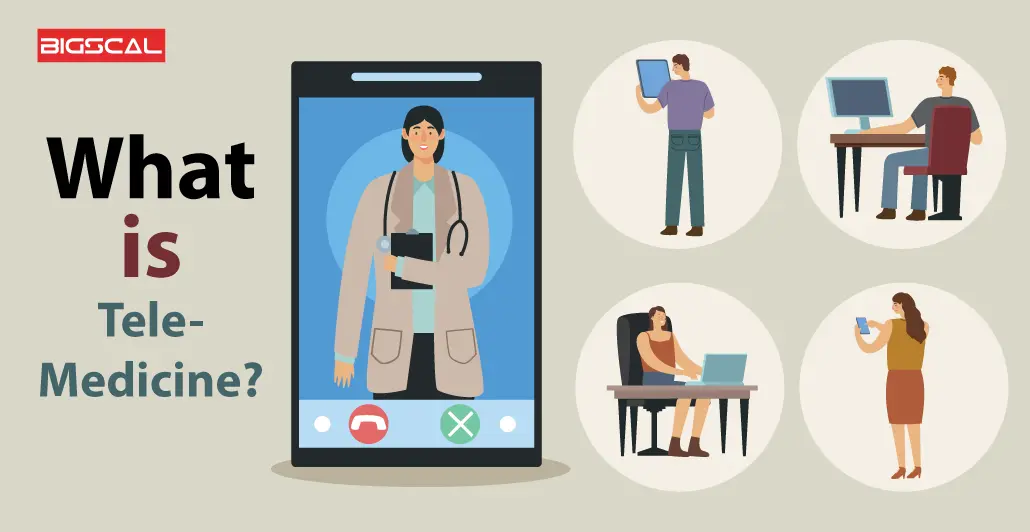
Telehealth adoption is considered a technological advancement offering the facility of communication with providers or technical support staff. So, telehealth provides ease in accessing medical care and treatment without visiting the provider’s office.
Telemedicine devices enable real-time discussions with other medical practitioners. Thus, even without an environment such as a hospital, you can still seek discussion in several symptoms or medical questions across video chats, online portals, and emails for proper diagnosis. There are still numerous questions such as when did telemedicine begin?
Telemedicine services also facilitate the process of primary care to become more efficient by producing electronic records and prescriptions, which then enable healthcare providers to track through remote monitoring patients’ vital signs. There are three main types of primary care telemedicine services:
- Interactive Medicine: This form of Telemedicine, oftentimes referred to as live medicine, enables people to reach physicians in real-time, thus creating immediate interaction.
- This method used remote patient monitoring, which facilitates the exploitation of technological avenues for observing patients from a distance. Mobile equipment and electronic health records are used to collect information such as blood pressure and blood sugar levels.
- Store and forward is another telehealth technology that stores information or data and sends it later when providers review it.
The concept of remote healthcare has existed since the 1950s, initially on landline telephones. Hence, with the advancement of technology, the telemedicine provider has evolved to offer service. They do so through various means, including online portals, video software for remote consultations, and applications.
How Does Telemedicine Work?
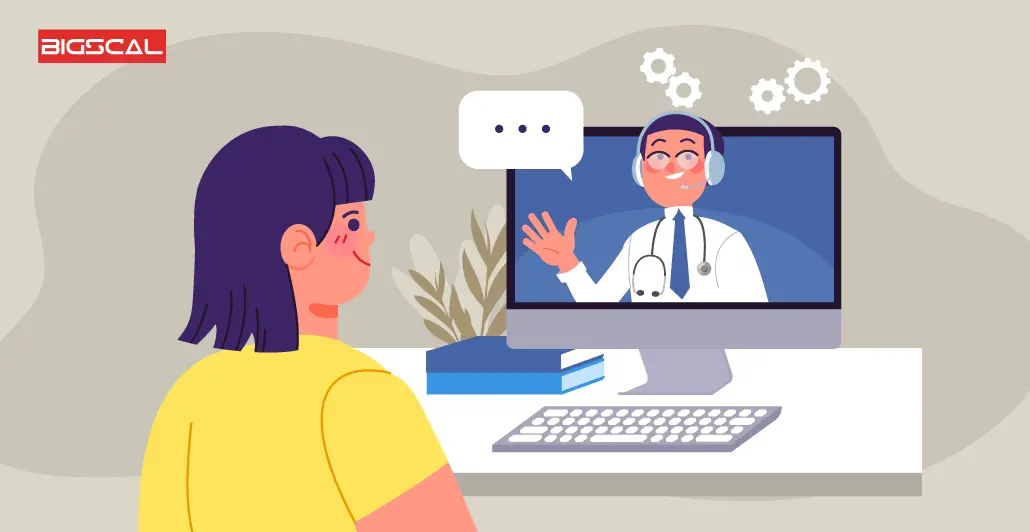
Telemedicine appointments will establish a virtual connection between you and your healthcare provider, most likely a doctor or nurse practitioner. It takes place via a secure online video platform instead of an office visit. You’ll need an internet connection that is reasonably fast, a webcam, and possibly an app or other software depending on the providers.
Telemedicine has proven to be very helpful to a patient’s outcome since it solves problems while doing follow-up consultations. One can, therefore, manage chronic conditions such as:
- Treating an infected wound
- Diagnosing strep throat
- Managing medication refills, including birth control prescriptions
- Providing psychotherapy services
- Solving common complaints like the flu and colds
- Managing bites from insects
- Treat diarrhoea
- Managing pink eye cases
What Are the Benefits of Telemedicine?
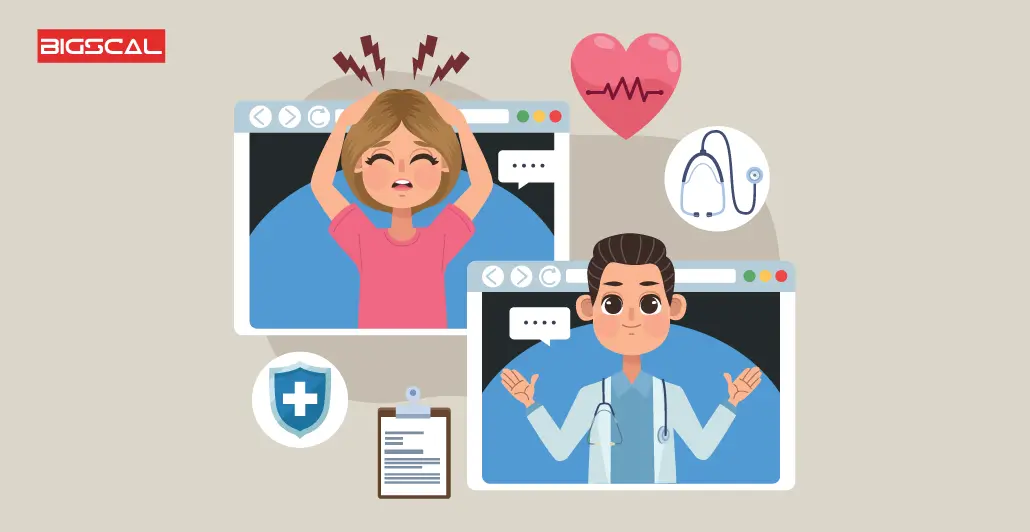
Convenient Access:
Telemedicine may also lessen the need for patients to travel to a doctor’s office since it can provide convenient access since it is accessed physically. Thus, it may lead to enhanced healthcare access, and such results in big time- and money-saving. Patients can easily access quality medical treatment from anywhere they are.
Enhanced Security and Privacy:
It focuses on security through the protection of patient data and protected health information. The HIPAA compliance standards are many times followed by these telemedicine apps. Many times, the telemedicine app promotes good clinical decisions by giving one-to-one consultancy through multiple medical professionals with virtual visit integrity.
Reduced Exposure Risk:
Implementation of telecommunication technology in health care diminishes the risk of becoming exposed to infectious contagious diseases as much as possible. Moreover, it decreases the spreading of infectious diseases, especially in high scale applications or emergency departments during the COVID-19 pandemic.
Greater Convenience and Cost Efficiency:
What is telemedicine in health care? This model erases geography for health risks that is offering a much more convenient, cost-effective, and improved means of access of health care to patients. Telemedicine especially helps patients who cannot move around.
It can offer superior patient results for those who suffer from chronic diseases. In this way, it can aid conditions that require constant follow-up because they can avail of health care from their homes.
What is Telemedicine in Healthcare? Its Capabilities and Features
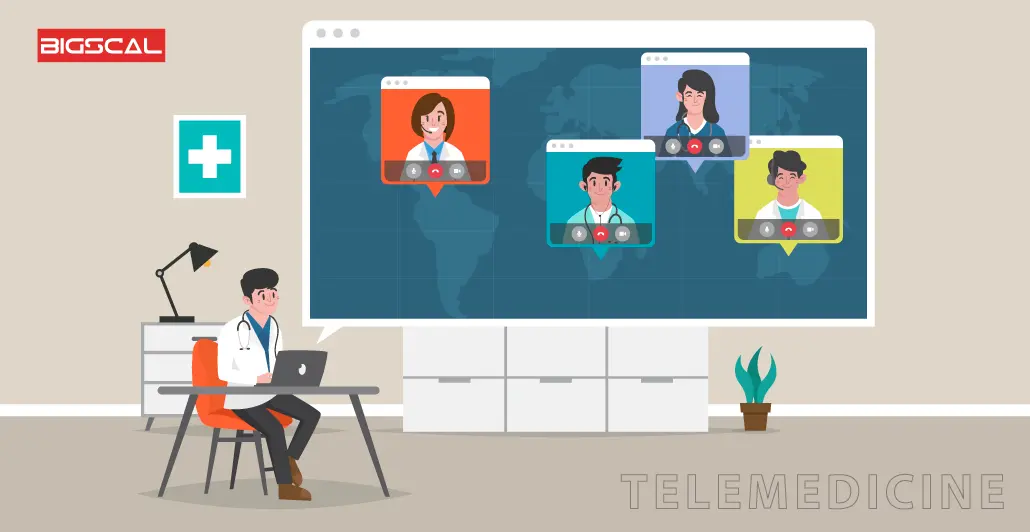
Patients with Limited Technology Access:
Many are to be equipped with simple technologies, like smartphones and quality broadband internet. Therefore, it is not hard to access telehealth services and their related medical records if they’re accessible. Building your practice’s resources is crucial in addressing them so that you can bridge the gap across.
You should call patients before the telehealth appointments to ensure they can join them. You may also check how comfortable they are with technology and accessibility.
If possible, offer the patient portal the choice of doing the visit by phone in a manner that respects billing policies and HIPAA standards.
If your telehealth platform’s privacy and security is part of its design you can seek public WiFi hotspots in rural locations. Then kindly share this with patients and take steps to protect their electronic health record information.
Patients with Disabilities:
Federal government laws, such as the Rehabilitation Act of 1973 (Section 504) and the Americans with Disabilities Act (ADA), do not allow for discrimination based on disability. Therefore, people suffering from disabilities are entitled to equal treatment with regard to health care services either in person or telemedicine.
Equitable human services for patients with disabilities require a procedure change and an additional support process during physical therapy and exam telehealth. Thus, it can be beneficial to patient satisfaction.
Before the appointment:
- Provide information while gathering the patient’s technological needs.
- Give a patient an access to communicate if they have any special needs at time of scheduling an appointment or on an intake form prior to their virtual visit.
- Reach out to patients beforehand to increase awareness for potential technology issues and increase their comfort level with the platform. This will allow appointments to take longer, if necessary.
- Your website and online applications should be highly accessible: There are other requirements such as screen reader compatibility and large text sizing.
Patients with Limited English Proficiency:
It’s almost a given fact that How has telemedicine impacted health care? Everyone needs it. For them to access the on line patient portal, though, may be tougher for those LEP patients who do not speak much English. It is, therefore, an obligation imposed by federal funding on health care providers to provide meaningful access to LEP patients in order to meet that need.
Hence, it is accomplished by language services like oral interpretation and written translation. Also, it is best practice for those not receiving federal funding. Besides, healthcare providers should be alert to cultural factors influencing their health status and the provision of care.
Identify the languages in which your patients speak and manage any language disputes. Develop multilingual patient resources based on the languages most relevant to your practice.
Use widely accessible and bilingual materials when speaking with patients. So, necessary tools, like “I speak” cards, can be applied to determine their preferred language. Engage qualified medical interpreters when facing LEP patients in order to facilitate their experience with remote interpretation.
As much as possible, match patients with providers proficient in their preferred language without delaying care. Arrange for an competent expert to be available after the visit who can translate or interpret by phone or email, in case the patient has questions later.
Older Patients:
Older adults understand what telemedicine in healthcare is but cannot reach it. The older patients might have to face more challenging situations to obtain access to their telehealthcare service. They might suffer from problems relating to the sense of hearing, or vision-related disorders, inadequate technology know-how, limited access or discomfort, and cognitive impairment. Tackle these challenges by providing advanced patient support services and ensuring that patient resources are adequately accessible. Maybe it can help them bypass an emergency department visit.
Developing a Telemedicine App: Know How Bigscal Can Help?
Developing an app for tele-medicine needs exactness and proficiency. And that is when Bigscal comes in as a big help in this journey. Having a proficient developer team and a thorough knowledge of the technology in the healthcare field, we can engineer strong and safe messaging solutions according to your requirements.
Bigscal is well skilled in HIPAA compliance and ensures safety, security, and protection of the patient’s information. We are excellent at developing hassle-free user experience by the inclusion of video consultations, secure messaging solutions, and appointment scheduling. This product is scalable and suits any healthcare setting, starting from one individual practitioner to emergency departments and large health institutions.
It is a world in which telemedicine becomes more crucial and significant, the one that Bigscal can help through this transforming healthcare landscape.
Conclusion
You might be pretty clear about what is Telemedicine in healthcare. Telehealth and other telemedicine practices have organically evolved within the healthcare sector as a result of technological advancements in telecommunications, mobile devices, and online communication.
Healthcare follows suit with other sectors because of the need to adapt to dynamic regulations and evolving expectations of healthcare service delivery. These technological innovations align well with the changing perspectives in healthcare, where the patient experience, patient satisfaction, and engagement remain in the center. It places an emphasis on accessible and seamless access by clinical services to patients and communicates the benefits of cost-effective and user-friendly healthcare software to medical professionals and vendors.
FAQ
How is Telemedicine used in healthcare?
This Telemedicine technology is applied in many health-care facilities to enable a distance consultation and health care through the digital communication tool like video calls between the patients and the healthcare providers.
What are three possible benefits of Telemedicine?
Three benefits of Telemedicine are increased access to medical treatment, less time and money spent commuting by healthcare professionals, and more continuous calls from health care providers.
what is telemedicine in healthcare examples?
Example: A patient looking for a consultation with the doctor through video call to address his or her health concerns.
What is Telemedicine in healthcare example?
An example of Telemedicine in healthcare is a virtual consultation where a patient can receive medical advice or treatment from a professional over the internet via an online secure platform.
How is Telemedicine used in healthcare today?
Telemedicine nowadays has been applied in health care settings, which includes virtual visits to medical specialists in a clinical setting, remote patient monitoring, and many more. Thus, tele-medicine favors ease and access both for the patients and the healthcare providers.
